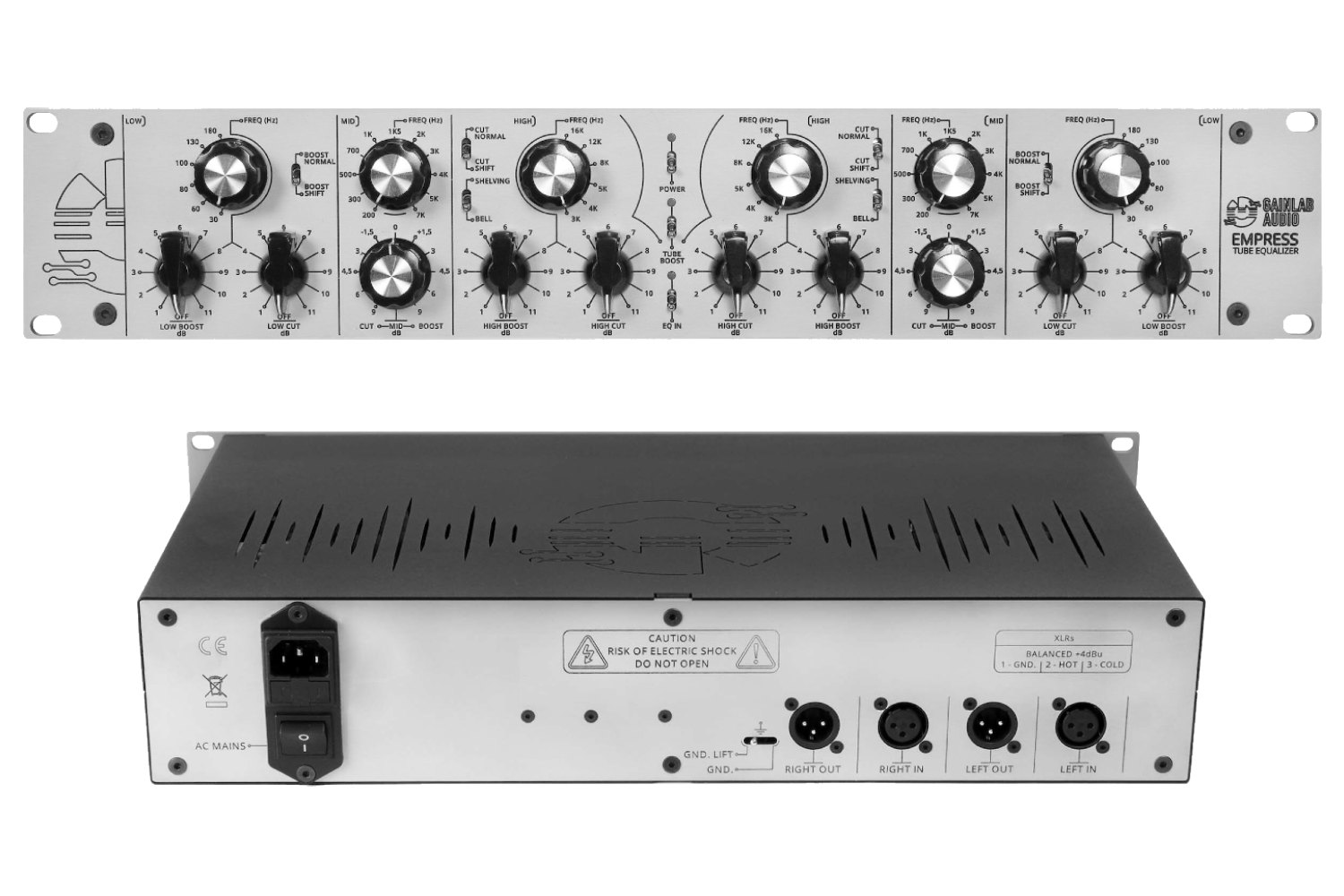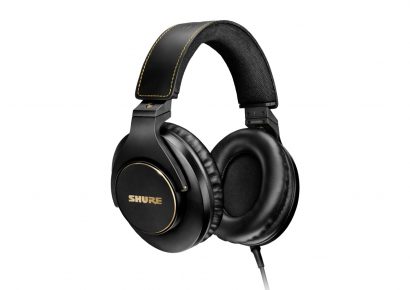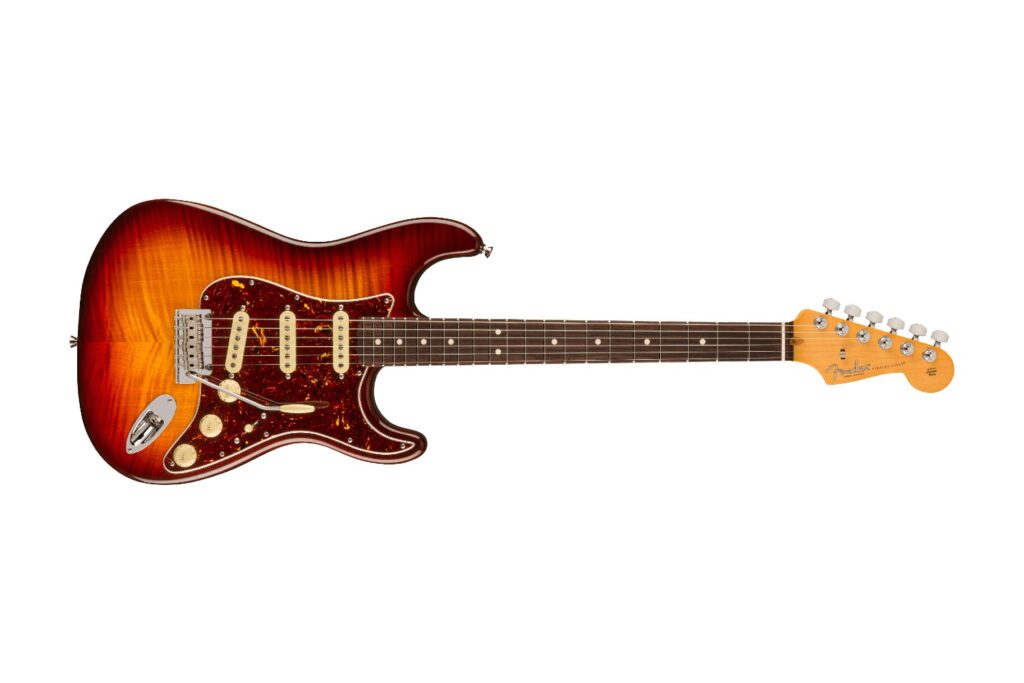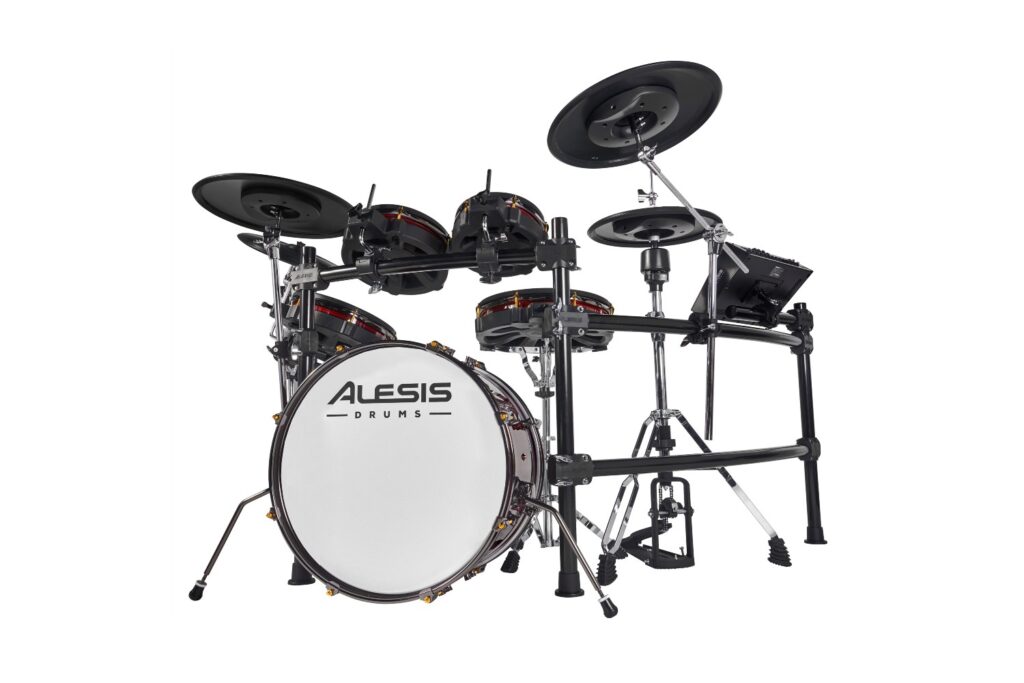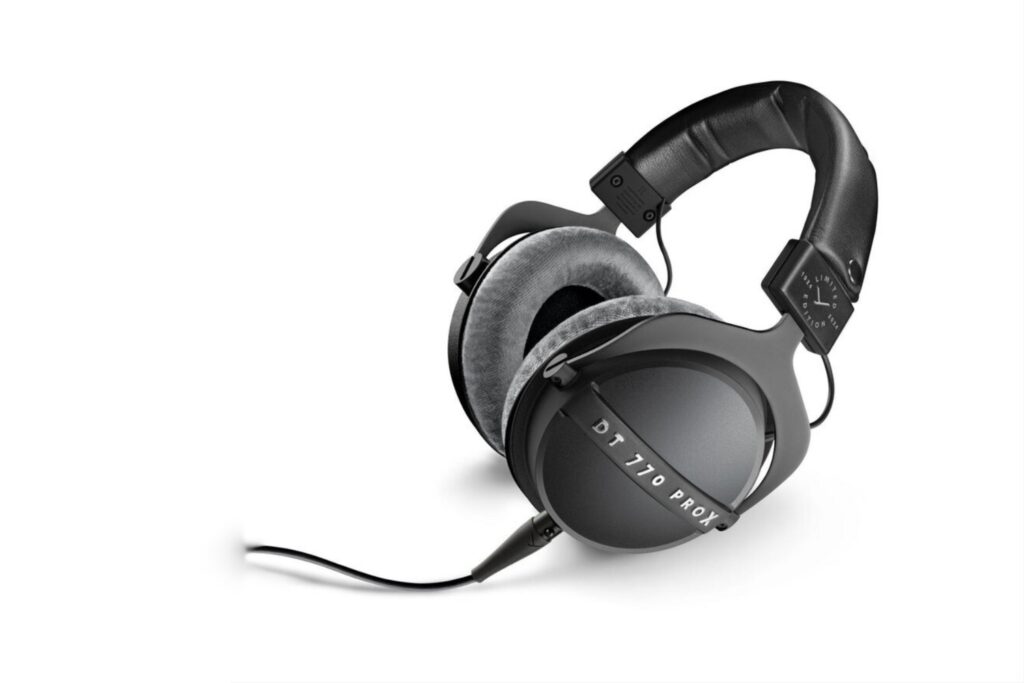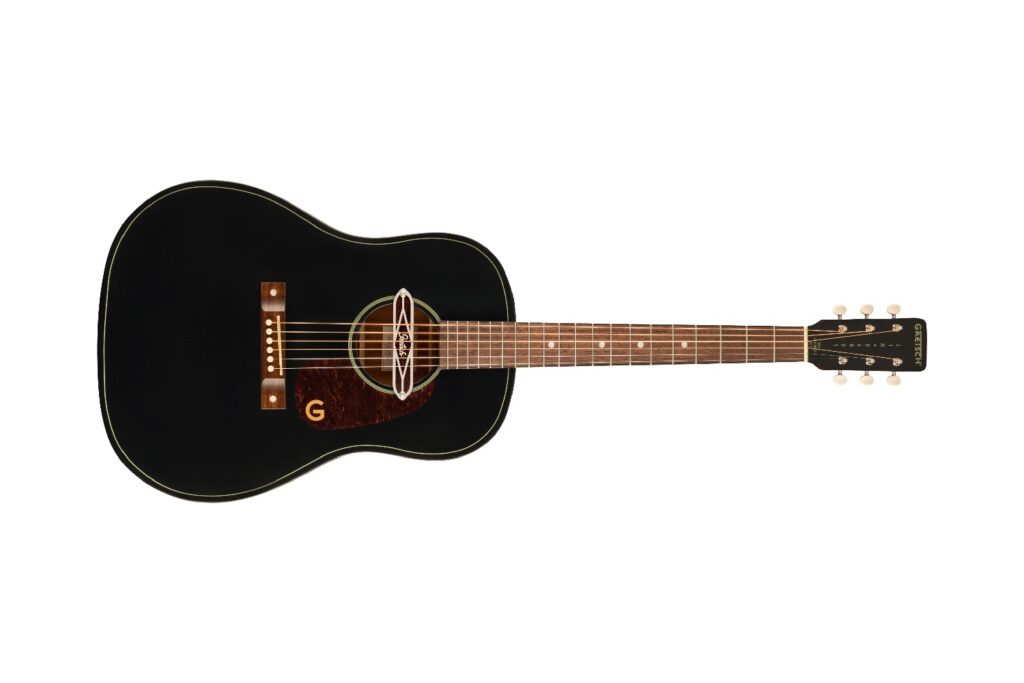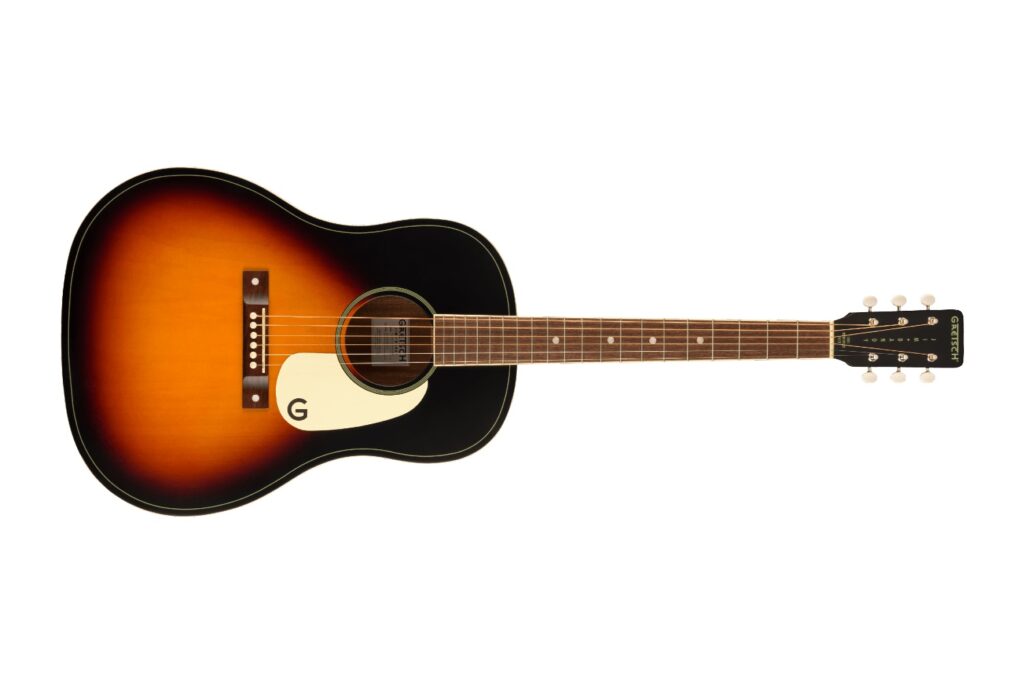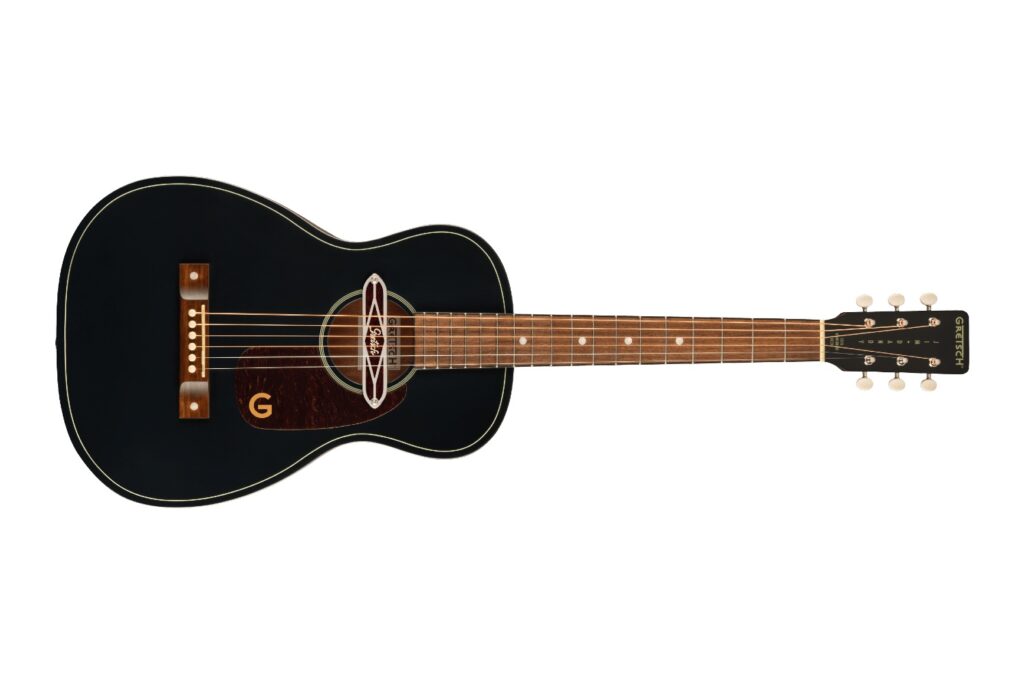Federal Audio | Enquire for pricing
You’d be forgiven if you haven’t heard of Gainlab Audio. The freshly formed company hailing from Budapest, Hungary is the brainchild of the experienced crew of Gainlab Studios; a well established and sought after recording studio located in the same city.
The company found its feet through continual repair and servicing of the studios recording, mixing, and mastering equipment (an unfortunate familiarity to all professional recording studios). Through these continual repairs, the team came to realise they were coming up with their own idiosyncratic repairs and modifications of their equipment. This was primarily due to the fact that many replacement parts were becoming ever increasingly harder to find or entirely obsolete.
Read more product reviews here.
Throughout this process the team began morphing classic old school electrical design principles with more modern versatile ideas, aiming to meet the demands of modern music production and workflow. After several years of painstaking work, Gainlab Audio has now proudly shared these unique experiences with the audio community, bringing a small selection of exciting new pieces; all of which are crafted in Hungary. In this review I’ll be focusing on the company’s alluring 2×3 band Tube Equaliser, the Empress.
Vintage vibe, modern malleability
As its description alludes to, the Empress is indeed a stereo three-band equaliser, with each side of the 2U unit featuring a precisely measured stepped attenuator design, which can be meticulously matched for stereo applications or used separately on separate sound sources, making it fantastic for tracking or in the mix if/when required. Empress is also compatible with ‘Session Recall’ software, for the ability to save session settings, for precise recall when revisiting a session.
As for physical connectivity and spec, Empress features balanced XLR inputs and outputs, with a maximum input of +23dBu and input impedance of >10k ohms, while the max output measures >23dBu with an output impedance of <65 ohms. Frequency response ranges from 20Hz to 20kHz +/-2dBu with THD+N (0dBu): <0.08% / (20dBu): <0.8%. In action, the Empress held up wonderfully, with incredibly quiet operation, meticulous build quality, and attention to detail. Under the hood only confirmed this, presenting a beautifully elegant design and layout, notably featuring two Nanocrystalline alloy transformers and four military grade tubes, delightful.
The Empress will be immediately relatable to those familiar with what could aptly be described as the “grandfather of passive tube EQs”, the Pultec EQP-1A. Taking design inspiration for this recording studio staple such as the ability to simultaneously boost and cut the same frequency point on the low and high frequency bands, the Empress builds upon these design principles adding some additional functionality of its own.
Firstly, the ‘shift’ switches found on both the low and high bands allow for immediate shape changing of the curve when boosting and cutting. This feature alone produces some very unique shapes to the transmission curve, making for far more precise frequency shaping, not typically found in designs of this lineage. The ability to switch to either a shelf or bell on the high band adds further versatility to the circuit, and in practice I found this to be very musical, from quite subtle to more noticeable in other settings.
The mid frequency band brings another level of hierarchy to the Empress’ powerful feature set and brings this EQ into a league of its own. Its broadband boosting can breathe life into the midrange, or its sharper cutting shape can more precisely remove unwanted parts of this part of the spectrum. This band combined with the low and high bands respectively makes for an incredibly versatile tube equaliser capable of commanding a wide variety of EQ tasks, making itself viable for recording through to mixing, mastering, and sound design tasks applications, or even as a standalone saturation box, ala the tube boost switch.
In practice
To state the glaringly obvious, I was pretty pumped to put the Empress through its paces and pass some audio through this delectable circuit. I’ve always enjoyed what a tube equaliser does, bringing a distinctive weight, depth, and power to a sound source that just adds that final bit of flavour and spice.
Taking a couple of tracks that I’d been working on, I firstly inserted the Empress across the drum buss. It didn’t take long to dial in some familiar Pultec-esque tones, particularly in the low end, shaping that frequency area in the distinctive way that only a circuit design such as this does, and the Empress did it oh so beautifully. Even in more extreme boosted settings, the Empress remained steady and cohesive, presenting all of the best parts of that tube-based goodness we’ve all come to know and love.
It somewhat goes without saying (for those familiar with this type of circuit topology), that the ability to simultaneously boost and cut at the same frequency point on both the lower and higher frequency bands makes for some incredibly interesting EQ curves, and the Empress absolutely nails this. In practice, it allowed the more extreme boosted settings to sit nicely in the context of the mix, without becoming overbearing, unruly, or creating masking issues.
While the Empress is unquestionably inspired by the old school design and flavour of the Pultec, particular attention needs to be drawn to its mid-frequency band, and this is where I felt the Empress really started to shine and arch its flexibility as a tube EQ of its own esteem. While the mid-band only allows for either boost or cut (no simultaneous trickery here), the several crossover frequency points it shares with the high-frequency band makes it capable of some very inspiring shapes in the upper midrange and into the top end. This is where the Empress’ EQP-1A lineage sojourns and launches its timbral palette into a world of its own. The broad stroke boosting of the mid-band was able to bring out the lush presence of the overall sound of the drums when boosted, albeit without ever getting harsh or brittle. Got to love those tubes, hey! The narrower Q proved very useful while cutting, allowing for more flexible tone shaping of the mid-range than I was expecting.
I then moved the Empress over to the master buss, disengaging any other EQ processing here. Much like when inserted over the drum buss, I found the shaping of the low end was particularly gratifying and found myself just wanting to add in more and more. Moving the frequency point around here yielded pleasing results all-round and was honestly hard to make things sound bad. For this particular track, 100Hz seemed to do all the right things I was looking for, with some median levels of boosting and a touch of cut to get the desired balance. The mid band sounded gorgeous when either boosting or cutting in specific frequency areas, but here, I landed on boosting fairly generously at either 3kHz, 4kHz, or 5kHz to produce desirable results, bringing a sense of overall presence and urgency to the mix, but again those tubes never once made things harsh or overly aggressive, adding in a nice taste of harmonic colour. As for the high band, the top end was able to open up nicely, keeping things cohesive and glued together in relation to the other two bands. Either 8kHz or 12kHz complimented things nicely here, with both the shelving or bell shapes sounding superb!
Finally, the tube boost switch is yet another fruitful feature of the Empress, introducing lush tube saturation and harmonics into the audio path, showcasing the Empress’ ability to be more than just a tube-based 2×3 band equaliser. Because that just isn’t enough, right? The tube boost switch does indeed add in a healthy amount of gain to the output stage, particularly when engaged with the EQ in. Either an input or output attenuator would be super useful here, but keeping a watchful eye on your metering will keep things from running away.
Modern tube-based goodness
The benefits of arming oneself with a hardware tube-based equaliser truly does speak for itself. When you have a fresh and exciting company such as Gainlab Audio bringing this type of old school design, along with some key features marked for the modern era of record making, I’d be dumbfounded as to why someone might still say “nah, not for me”.
The build quality, sound quality, and clear attention to detail presented by Empress are of remarkable quality, particularly for a piece marked at this rather attainable price point. Its aesthetic exudes military grade ruggedness (with the tubes to fit I might add), yet sounds smooth as silk, with all the weight and warmth one would expect from a circuit design such as this. Striking a fine balance of old school topology, modern malleability, and features, Empress is sure to be finding its way into many-a professional studio racks in the coming years. A piece and a company worth keeping an eye on.
Head to Gainlab Audio for more information. For local enquiries, reach out to Federal Audio.
